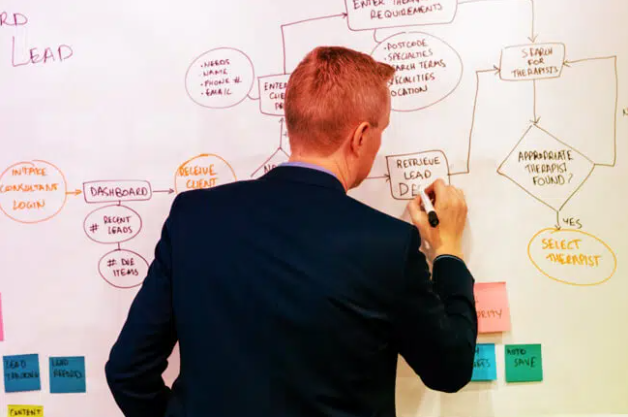
Enhancing Market Validation for New Ventures
-
How can tech startups gauge interest in their product, prevent excessive spending on unnecessary development areas, and determine the optimal timing for product adjustments? Discover strategies to sidestep costly errors by exploring the topics outlined below.
Tech startups boast immense potential for success, yet they operate within a complex and high-risk environment. Achieving true success necessitates assembling the right team and steering clear of critical pitfalls. It entails identifying potential risks and establishing a robust system for validating market viability. This involves mastering processes and patterns proven to assist in everything from long-term forecasting to overseeing technical project intricacies, data management, and financial considerations.
Planning a Software Project
-
Each software development endeavor presents unique challenges, with a dedicated team working in harmony towards a shared objective. The costliness of a project hinges on various factors, necessitating consideration of technical prerequisites, requisite skills, and effective communication across the team.
There exist numerous methodologies for optimal project management, encompassing structured frameworks designed to achieve predefined objectives. This involves understanding inputs, processing, and outputs, employing spreadsheets for process tracking and visualization, implementing mechanisms to identify and address issues, and leveraging a multitude of skills honed over time.


IP, Testing, Security, Scalability
-
When developing a truly unique software solution, it's crucial to recognize it as your intellectual property (IP). Navigating the complexities and potential pitfalls inherent in collaborating with a development team underscores the importance of safeguarding your investment across testing, security, and scalability phases.
This necessitates establishing clear protocols for data management, security measures, contingency planning for developer transitions, budgeting for testing expenses, and more. Safeguarding your IP requires proactive cybersecurity measures to ensure the integrity of your servers.
Given that every decision and action carries financial implications, strategic allocation of resources becomes paramount, spanning considerations such as server infrastructure choices and team management within budget constraints. Explore the resources below to gain valuable insights into safeguarding your ideas and data while charting a path towards a successful software venture.
Technology Options, Pricing, and Tips
-
The efficiency of your company is intricately linked to the tools that facilitate your operations. Are custom solutions necessary to align with your specific processes, or are there existing programs that can streamline your workflow? Once you've identified the requisite tools, attention shifts to optimizing the implementation of your designs, whether through project pricing strategies or cost-saving measures such as hourly billing for work.
Early-stage development risks can be mitigated by tapping into the insights offered by the Alliance development team. Through the resources provided below, you'll gain invaluable guidance on assembling the right team for your projects and mastering effective communication with developers to ensure optimal outcomes.

Finding and Evaluating Developers
-
While hiring offshore developers may seem like a cost-saving measure, it's not always a guaranteed solution. Even if you're seeking developers in Australia at a low cost, they could still be operating as an offshore company with a local presence.
Ultimately, the key lies in finding developers who grasp your requirements, align with your budget, and can provide the appropriate skill set, which may ultimately save you time and money. The effectiveness of offshore developers hinges on factors such as project complexity, communication, feedback mechanisms, testing procedures, and various other considerations.
To circumvent the pitfalls of hiring unsuitable teams, it's advisable to administer intelligent coding tests and pose relevant questions during the evaluation process.


Waste Reduction Methodologies: Kanban and Ideals
-
Efficient cost-cutting and process optimization are essential components of the software development journey. Waste not only strains costs but also depletes valuable resources, including the development team. Minimizing waste entails identifying inefficiencies and implementing necessary adjustments.
We've identified seven primary types of waste to be vigilant of, along with several organizational methodologies aimed at planning, assessing workflow, and shaping the final product format. This involves establishing clear goals and collaborating with a team capable of adapting to optimal patterns and timelines.
This section explores various organizational strategies, including the waterfall method for projects requiring a fixed structure, agile techniques for breaking down tasks into manageable segments to facilitate communication, lean methodology for enhanced flexibility without compromising efficiency, and the Kanban approach for accountability, progress tracking, and visual representation.
